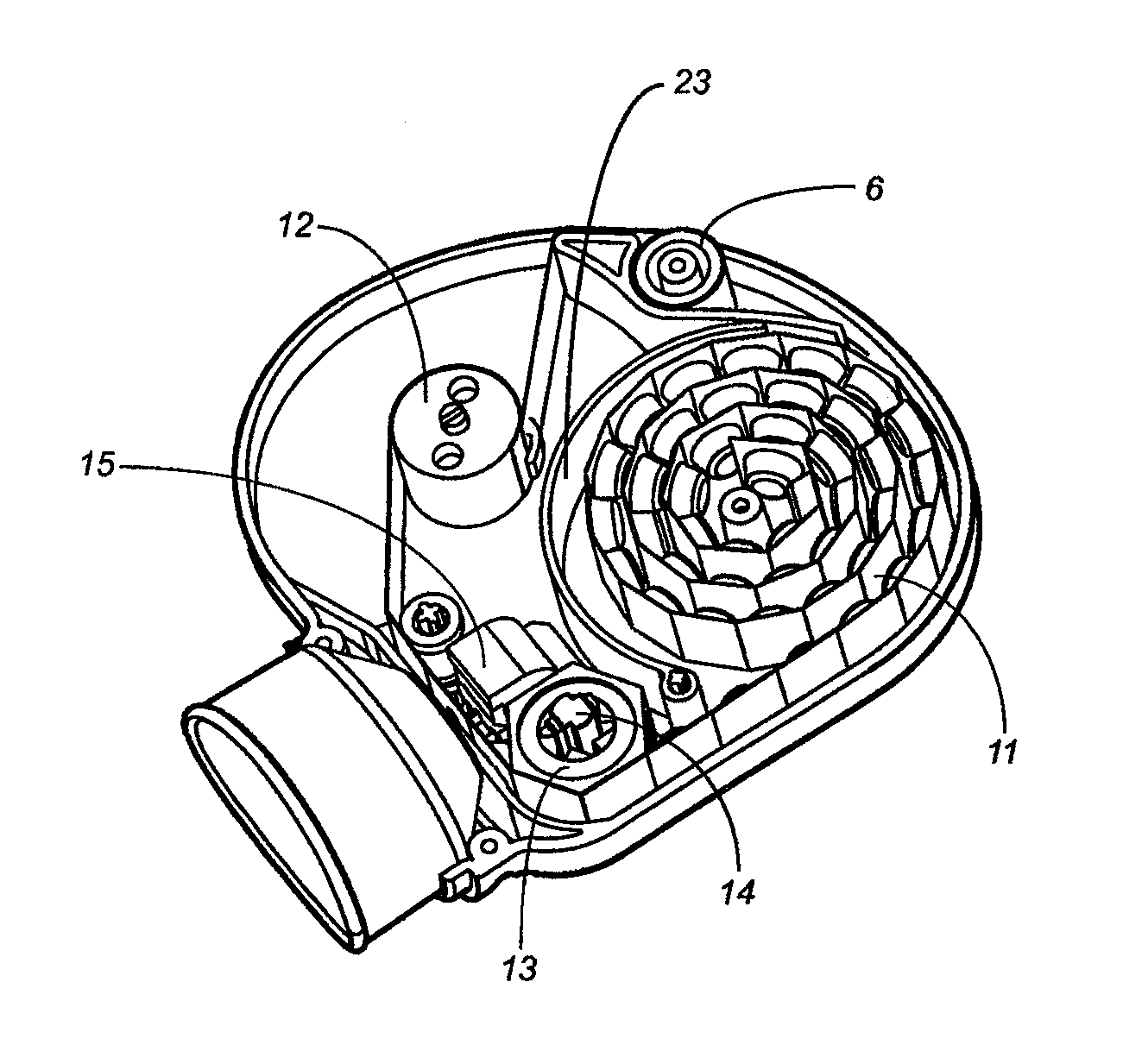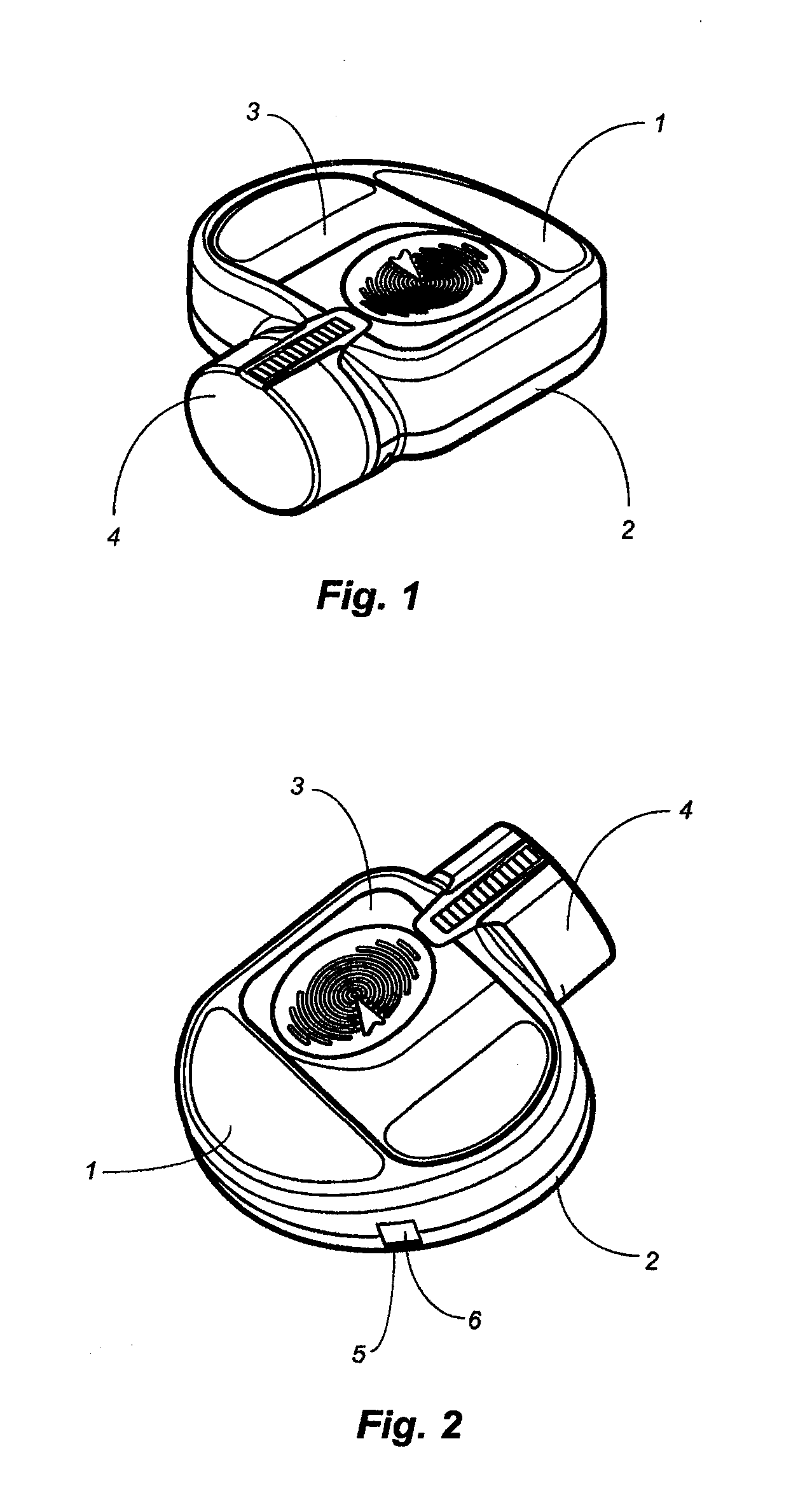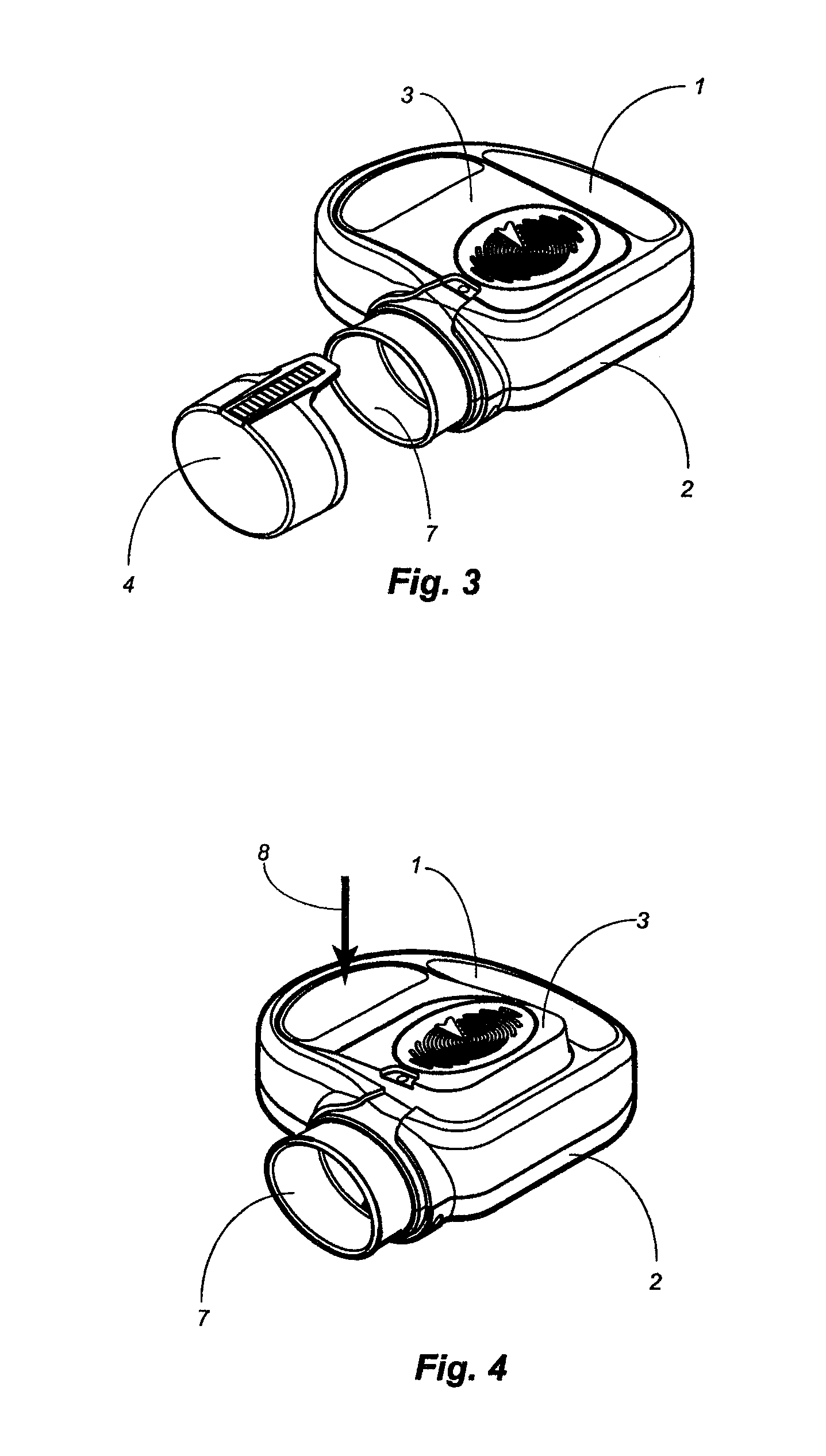Unit Dose Drug Delivery Platform
a drug delivery platform and dose technology, applied in the direction of medical devices, inhalators, medical applicators, etc., can solve the problems of limited human eye, limited amount of fluid, and increased drainage problems, and achieve the effect of increasing the ease of administration
- Summary
- Abstract
- Description
- Claims
- Application Information
AI Technical Summary
Benefits of technology
Problems solved by technology
Method used
Image
Examples
Embodiment Construction
[0075]The present disclosure is directed to delivery systems able to dispense single or multiple doses of one or more substances, for example that contain an active ingredient (such as a pharmaceutical drug) or a biologic to a user. The delivery systems can be modified to dispense the substance via different routes of administration including but not limited to: oral, peroral, enteral, parenteral, pulmonary, rectal, dermal, otic, topical, nasal, vaginal, lingual, direct injection, intravenous, intraarterial, intracardial, intradermal, intramuscular, intraperitoneal, intracutaneous, intraocular, ophthalmic, intranasal, intrapleural, intrathecal, intratumor, intrauterine, orthotopic, transdermal, buccal, subcutaneous, or other routes of delivery. In other embodiments, the delivery systems can deliver a desired substance to the eye, ear, nose, mouth, skin, lungs, mucous membranes, or rectum of the user. Certain embodiments disclosed herein are to ophthalmic delivery systems for dispens...
PUM
 Login to View More
Login to View More Abstract
Description
Claims
Application Information
 Login to View More
Login to View More - R&D
- Intellectual Property
- Life Sciences
- Materials
- Tech Scout
- Unparalleled Data Quality
- Higher Quality Content
- 60% Fewer Hallucinations
Browse by: Latest US Patents, China's latest patents, Technical Efficacy Thesaurus, Application Domain, Technology Topic, Popular Technical Reports.
© 2025 PatSnap. All rights reserved.Legal|Privacy policy|Modern Slavery Act Transparency Statement|Sitemap|About US| Contact US: help@patsnap.com



